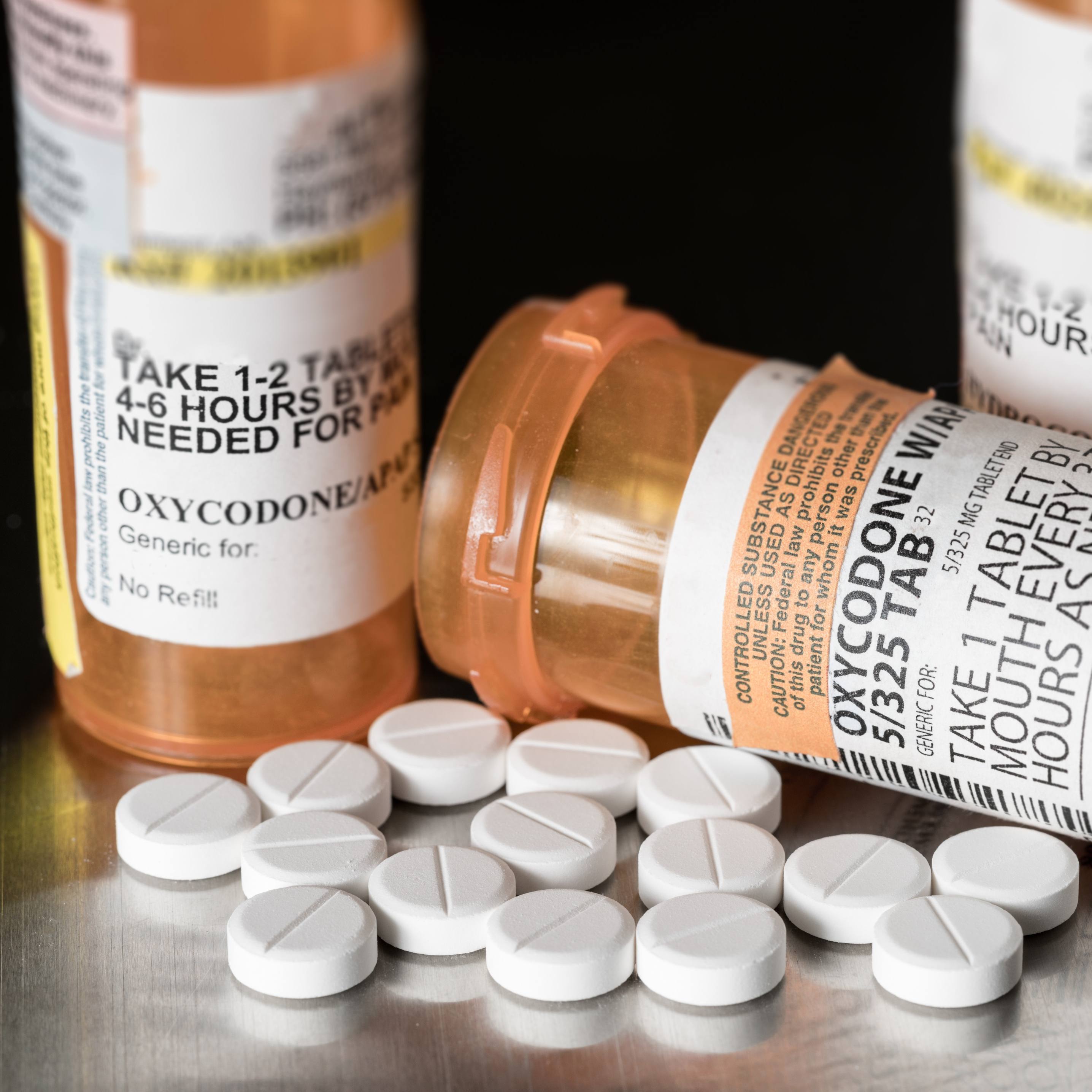-
Health & Wellness
Should I Be Worried About the Spot in My Lung on My Chest X-Ray?
Spot in Lung on Chest X-ray Common and Typically Noncancerous
December 30, 2011 Dear Mayo Clinic: A spot in my lung showed up on a routine chest X-ray. I assumed it would be cancer, but my doctor says it may be something else. What else could it be? Answer: A solitary spot on a chest X-ray — generally referred to as a lung nodule — sometimes can be an early cancer, so it's important to talk to your doctor to determine the best course of action. Lung nodules are common and typically noncancerous (benign). Among the most common causes of noncancerous lung nodules are scars or marks from a prior fungal infection, such as histoplasmosis or coccidiodomycosis, a bacterial infection, a mycobacterial infection such as tuberculosis, or a benign tumor called a hamartoma. As in your situation, solitary lung nodules often are detected on an X-ray done for another reason, and appear as round, white shadows on an X-ray or computerized tomography (CT) scan. Lung nodules are common. If you have a CT scan of the chest, about half the time, one or more small nodules will be found. They appear white because they are denser than the surrounding lung, which is full of air and appears dark. Generally, the smaller the nodule the less likely it may be cancerous (malignant). Nodules that measure less than 5 millimeters (mm) — or about 1/5 of an inch — are extremely likely to be benign. Those measuring more than 20 mm, which is about 3/4 of an inch, have a greater than 50 percent likelihood of being cancerous. Along with size, several additional factors are considered when a solitary lung nodule is discovered. For example, being 50 or older increases the probability that the nodule is cancerous. A history of smoking increases lung cancer risk. Asbestos exposure and a family history of lung cancer also are risk factors. Your doctor may compare your current X-ray or CT scan with a previous one to see if the nodule was present. If it was and there's no change in size, shape or appearance, chances are high it's noncancerous. Periodic imaging tests such as CT or other scans may be all that's needed to monitor for any changes. If there's no change after two years, follow-up is usually stopped. Further testing may be recommended if the nodule is new or has changed in size, shape or appearance. Tests may include the following:- CT scan of the chest if the nodule was first seen on a chest X-ray;
- Positron emission tomography (PET) scan to see how active the nodule cells are — high cellular activity is an indicator of cancer or active inflammation; and/or
- Tissue sample (biopsy the nodule).
Related Articles

Orthopedics/Sports

Health & Wellness





